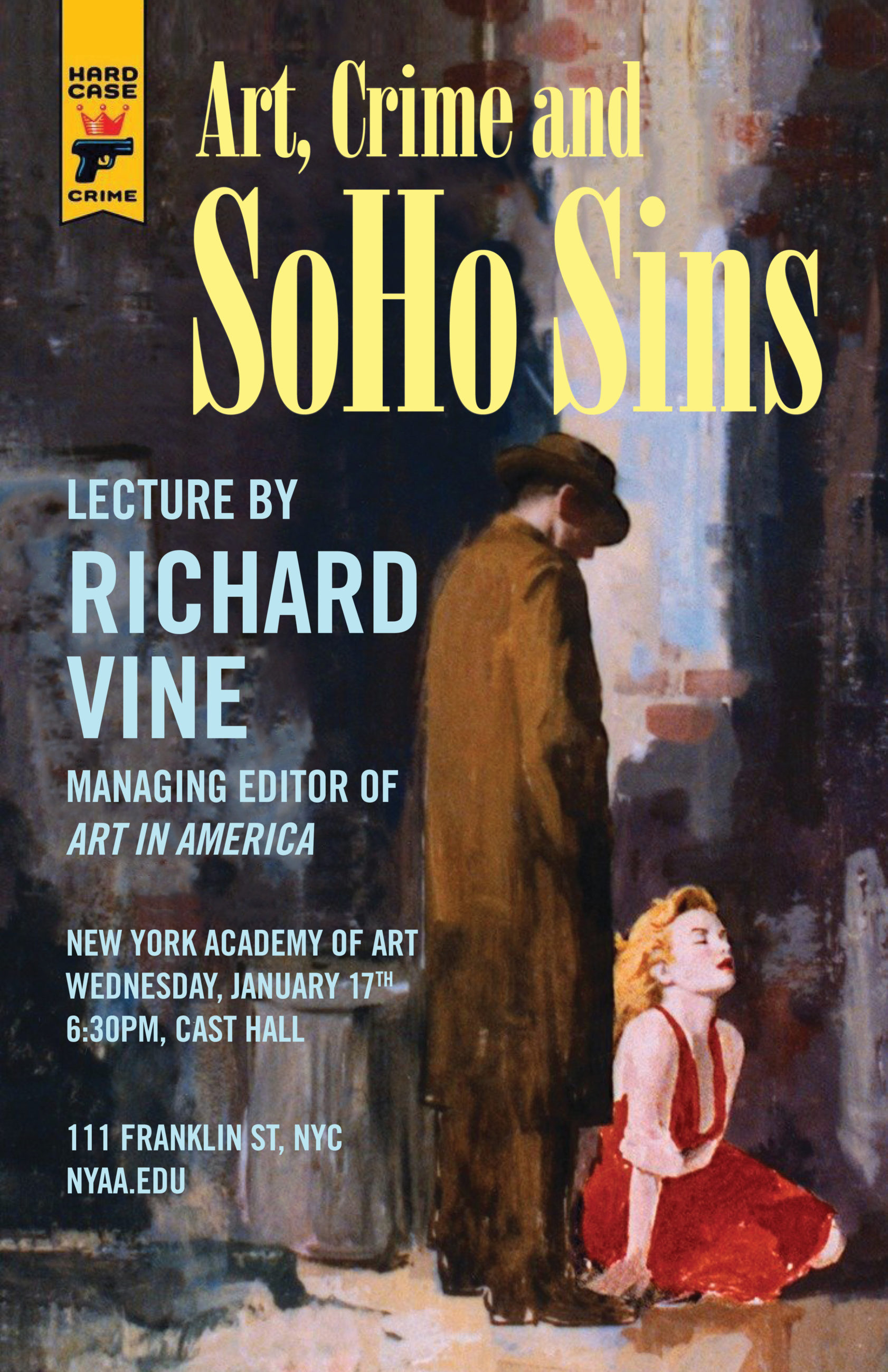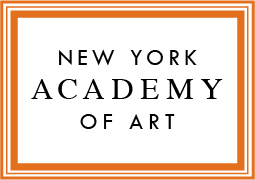Lecture by Richard Vine, Managing Editor of Art in America
Throughout history, art and crime have been deeply intertwined. Not only have artworks been the target of criminal behavior—vandalism, theft, and forgery—they have also frequently taken crimes as their subject matter: Andy Warhol’s “13 Most Wanted Men,” Weegee’s murder-victim photographs, Mike Kelley’s installation in response to serial killer John Wayne Gacy.
Equally disturbing, artworks themselves have often been regarded as criminal acts, accused of sacrilege (Andres Serrano’s Piss Christ), obscenity (Robert Mapplethorpe’s “X Portfolio”), treason (Dread Scott’s What Is the Proper Way to Display US Flag?), and other malfeasance.
Finally, such recent events as the fraud charges brought against Knoedler Gallery personnel, and the release of the Panama Papers, confirming financial chicanery among top dealers and collectors, prompt one to ask if the contemporary art world is itself, in many respects, a criminal environment.
Is the flow of stupendous wealth through a largely unregulated global art system a ready prescription for legal (to say nothing of moral) wrongdoing? Is there some deep link between hardcore crime and the aesthetic rule-breaking and “outlaw” imaginative freedom that we routinely associate with artistic creativity?
In conjunction with the release of his art world crime novel SoHo Sins, Richard Vine, the longtime managing editor of Art in America, will analyze these and other related issues, drawing equally from art history, the news, and his own noir fiction.

